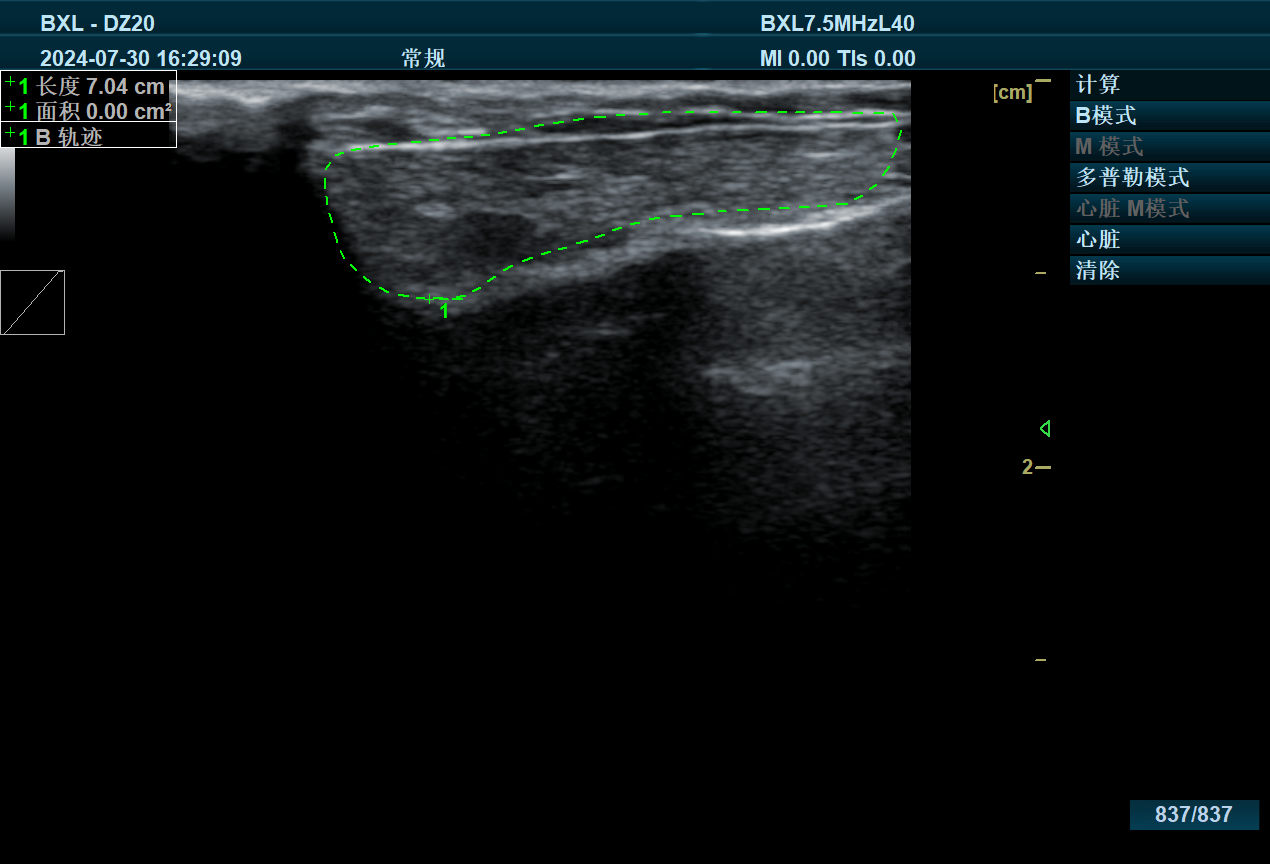In order to improve the breeder's level of canine disease prevention and control, breeders should be regularly trained, including the use of VETERINARY B-ULTRASOUND. Breeders should also master the pathological characteristics and first aid methods of some common diseases of newborn puppies.
Suspended death, after the puppy is born, breathing disorders or no breathing, only heart activity, is called suspended death. During suspended death, the heart beat can be observed through veterinary B-ultrasound. If measures are not taken in time for first aid, it will often cause the death of the puppy. When first aid is given to a puppy in suspended death, the puppy should be lifted upside down, head down, and the mouth should be patted to allow the dog to expel the amniotic fluid in the respiratory tract, then the mucus on the nose or mucus in the nostrils should be wiped off, and then the whole body should be rubbed, and finally the veterinary B-ultrasound should be used to observe its heart condition.

Umbilical cord bleeding, if this is found, the umbilical cord should be re-ligated, and the umbilical cord end should be soaked in iodine for several minutes. If the umbilical cord end is too short and the blood vessels are shrunk into the umbilical cord, it can be filled with sterilized gauze first, and then the umbilical hole should be sutured. After treatment, veterinary B-ultrasound observation should be performed.
Umbilical corditis is mostly caused by improper disinfection after the puppy's umbilical cord is cut, the umbilical cord is infected or soaked with urine, or the puppies suck each other's umbilical cords. Antibiotics should be injected in time, and the wound should be cleaned with disinfectant, and then iodine should be applied. Veterinary B-ultrasound observation should be performed after treatment. .
Constipation is mostly caused by the mother dog not licking the puppies, causing constipation in the puppies. The main manifestations are the puppies whining, arching their backs, digging the ground with their front hooves, and their hind hooves and intestines. Then they don't eat milk and are weak all over. Black, thick feces can be seen during veterinary B-ultrasound observation or direct examination. Treatment can be done by wiping the parts with defecation and stimulating defecation.








